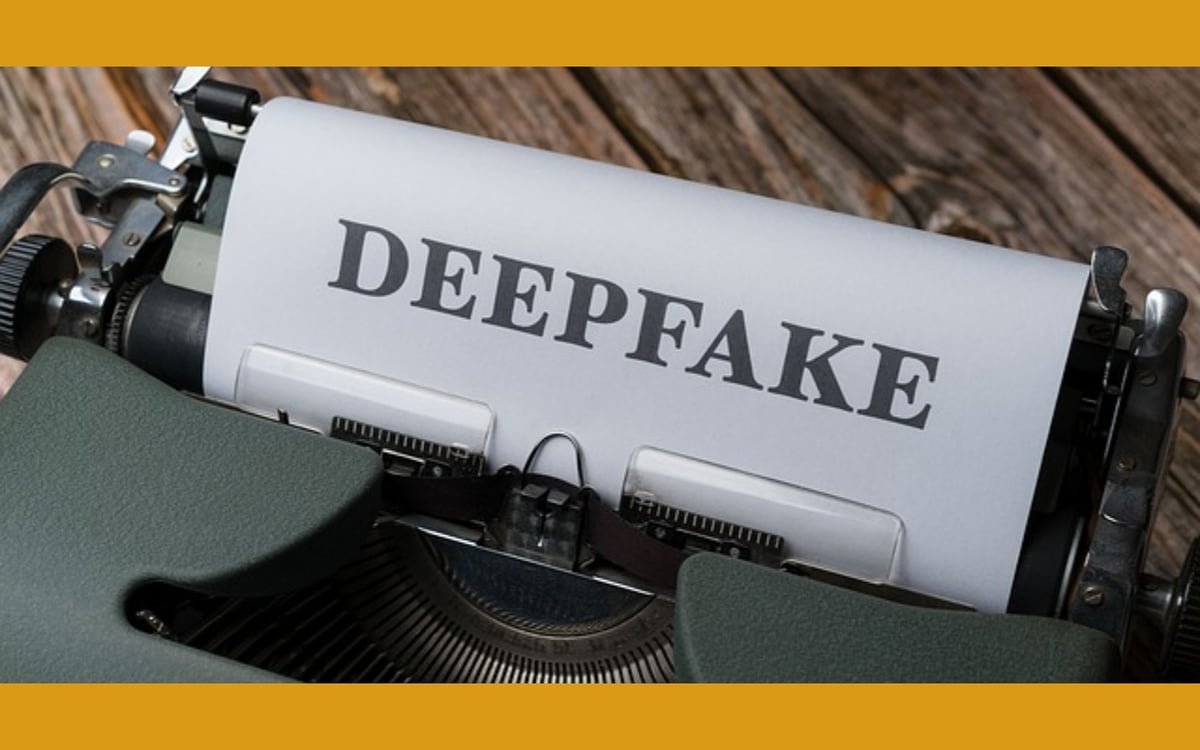Deepfake: Every day some celebrities are becoming victims of deepfakes. Let us tell you that Tata Group chief Ratan Tata, Infosys founder Narayan Murthy and many other personalities including Rashmika Mandanna, Kajol, Katrina Kaif, Alia Bhatt have also become victims of deepfakes and from time to time they have come forward and given their stand. Had to clear.
Sachin also a victim of deepfake
Now former great cricketer of Team India, Sachin Tendulkar has exposed a deepfake video. In this deepfake video, it is shown that his daughter Sara Tendulkar earns a lot through online video games. Sachin himself is seen telling this in the video. In such a situation, while sharing a video on X (old name Twitter), Sachin called it a deepfake and said that it is completely fake. He said that such videos should be reported and immediate action should be taken.
This type of misuse of technology is absolutely wrong – Sachin
Sachin wrote – “This type of misuse of technology is absolutely wrong. You all are requested to report such videos or apps or advertisements immediately if you see them. Social media platforms should also be cautious and action should be taken against them.” “Action should be taken on the complaint as soon as possible. Their role is very important in this regard so that misinformation and news can be stopped and the misuse of deepfakes can be ended.”
These videos are fake. It is disturbing to see rampant misuse of technology. Request everyone to report videos, ads & apps like these in large numbers.
Social media platforms need to be alert and responsive to complaints. Swift action from their end is crucial to stopping the… pic.twitter.com/4MwXthxSOM
— Sachin Tendulkar (@sachin_rt) January 15, 2024
Know what is deep fake
Deepfake is a type of AI based technology, which is used to replace a person’s face with the face of another person. By using this technique any kind of wrong content is fed to the person. In other words, deep fakes, in their most common form, are videos where a person’s face has been replaced with a computer-generated face. These videos are artificial videos created using digital software, machine learning and face swapping.
This is the law in India regarding deep fakes
Currently, there is no specific law for deep fakes in India, but there are many other laws, with the help of which this cyber crime can be dealt with. These include, in addition to legal provisions like Section 66E and Section 66D of the Information Technology Act 2000, Section 51 of the Indian Copyright Act 1957.
-
Section 66E: This section of the Information Technology Act 2000 deals with capturing, publishing or broadcasting a person’s photograph in mass media through deep fake and violating the privacy of that person. Under this law, there is a provision of imprisonment up to three years or a fine of Rs 2 lakh for such a crime.
-
Section 66D: Section 66D says that when any communication devices or computer resources are used with the intention of committing fraud, the person doing so should be prosecuted. For committing an offense under this provision, imprisonment of up to three years and/or a fine of Rs 1 lakh can be imposed.
-
Indian Copyright Act 1957: Under Section 51 of this Act, making unauthorized use of any work of another person over which that person has the privilege will be considered a violation of this law. In this way, it allows copyright owners to take legal action. Despite the absence of a specific law related to deep fakes, the Ministry of Information and Broadcasting had issued an advisory on January 9, 2023, urging media organizations to take precautions and label manipulated content.

